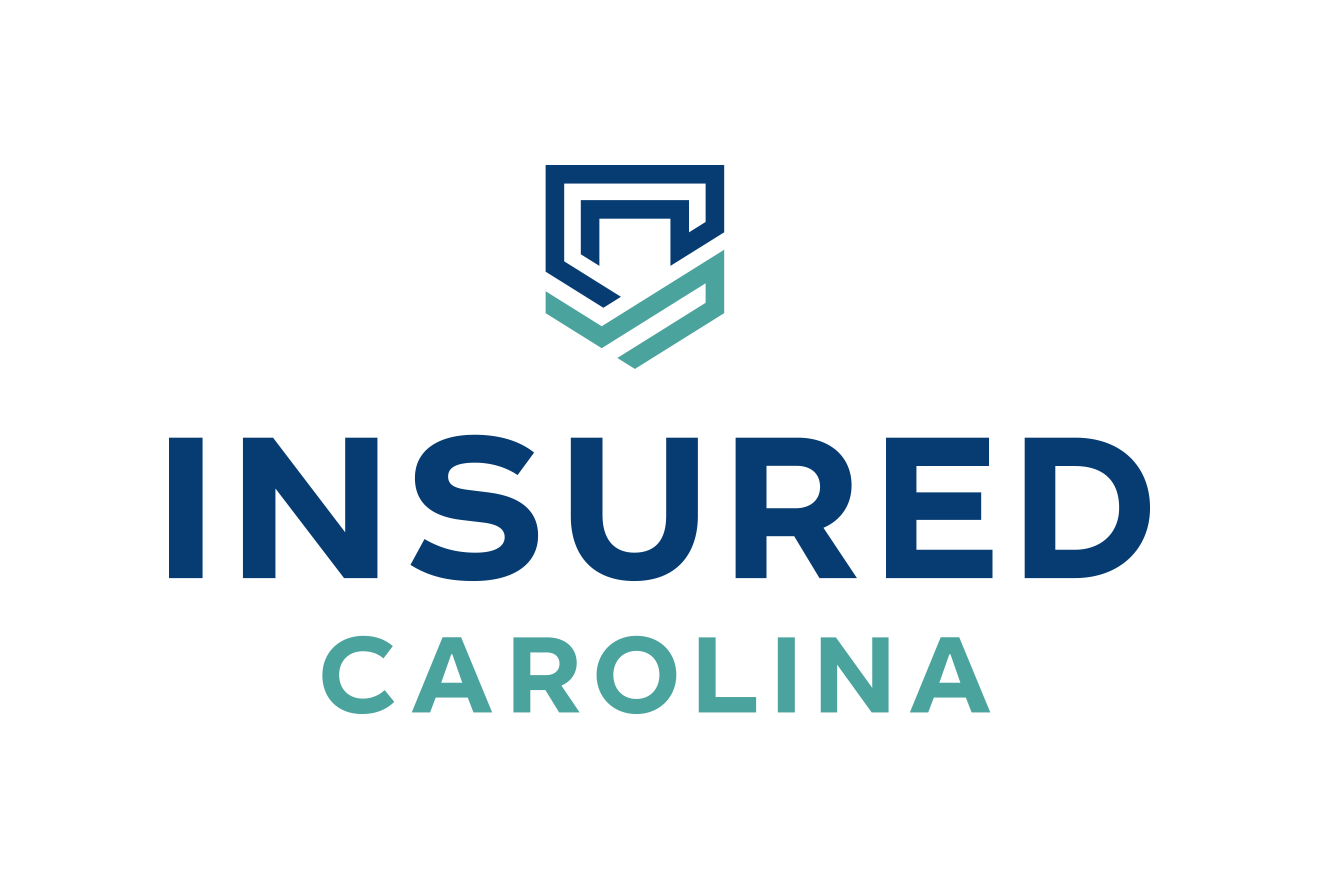Navigating the Rising Insurance Premiums in Texas: Understanding the Factors and Finding Solutions
duda • September 13, 2023
Living in Texas has always come with its fair share of risks, from hurricanes and flooding to severe weather events. However, in recent years, there has been a significant increase in insurance premiums across the state. Many Texans find themselves struggling to find affordable coverage, or worse, facing the possibility of being uninsured. In this blog, we will explore the factors behind the skyrocketing premiums in Texas and discuss some strategies to help mitigate the impact.
Factors Contributing to Rising Insurance Rates:
1. Higher rebuilding costs:
The cost of rebuilding homes has skyrocketed due to the rising costs of materials and labor. From lumber to roofing materials, everything has become more expensive. Insurance carriers, therefore, find it difficult to sustainably cover these increased costs without passing them on to policyholders.
2. Higher vehicle repair costs:
The cost of repairing automobiles has also increased, driven by the rising prices of auto parts and labor. Technological advancements in vehicles have made repairs more complex and expensive. As a result, insurance providers are adjusting their rates to accommodate these increased costs.
3. Higher medical costs:
The ever-increasing cost of medical care is a significant factor affecting insurance premiums. Auto accidents can result in severe bodily injuries, leading to extensive medical treatment. As medical expenses continue to rise, insurance carriers must account for these costs when determining premiums.
4. Higher and more frequent litigation costs:
Legal expenses associated with insurance claims and lawsuits have been on the rise. Litigation costs increased by a staggering 30% in 2022 alone. Insurance companies have to allocate a significant portion of their funds to cover these expenses, ultimately impacting premiums for policyholders.
5. More frequent and severe auto accidents:
Post-COVID, the number of auto accidents and fatalities has increased significantly. Factors such as increased distracted driving and aggressive behavior on the roads contribute to this trend. The rise in accidents and subsequent claims puts added pressure on insurance companies, leading to higher premiums.
6. Higher reinsurance costs:
Insurance carriers protect themselves against catastrophic losses by purchasing reinsurance. However, reinsurance costs have reached or exceeded capacity in many markets, making it increasingly expensive for carriers to acquire adequate coverage. These rising reinsurance costs eventually translate into higher premiums for policyholders.
Strategies to Navigate the Rising Insurance Market:
1. Consider higher deductibles:
While not suitable for everyone, opting for higher deductibles can help reduce insurance premiums. Before making this choice, consult with your insurance agent to determine if it is a viable option for your specific situation.
2. Maintain continuous coverage:
Avoid letting your policy cancel or lapse. Insurance companies are now less likely to reinstate coverage as easily as before. If your policy lapses, you may face challenges reinstating it, and in some cases, you may even be denied coverage. Ensure you pay your premiums on time or in advance to avoid any disruptions.
3. Prioritize tenure:
Longevity with an insurance carrier can work to your advantage. Some insurance companies may hesitate to take on new clients with less than two years of continuous coverage or those who have filed multiple claims in the past. Maintain a stable relationship with your insurer to improve your standing in the eyes of potential future carriers.
4. Absorb small claims:
Consider absorbing smaller losses out-of-pocket whenever possible. Frequent claims and a high claim frequency can significantly impact your insurance rates. Saving for catastrophic events and relying on insurance for major losses can help minimize the number of claims filed and potentially reduce your premiums.
As insurance premiums continue to rise in Texas, it is essential to be proactive and explore strategies to minimize the impact. Factors such as increased rebuilding and repair costs, higher medical expenses, rising litigation costs, and more frequent accidents have contributed to the escalating premiums. By considering higher deductibles, maintaining continuous coverage, prioritizing tenure with an insurance carrier, and absorbing small claims, individuals can navigate the challenging insurance market more effectively. It is crucial to work closely with an experienced insurance agent who can provide personalized advice and guidance tailored to your specific needs. While the rising premiums in Texas may be daunting, taking proactive steps can help ensure that you have the coverage you need while managing costs as effectively as possible.

If you’ve been surprised by the rising cost of your auto insurance, you’re not alone. Auto insurance rates continue to climb, and several factors are contributing to this trend. Here’s what’s driving up premiums and what you can do to manage your costs. 1. Rising Vehicle Theft One of the most significant contributors to rising auto insurance premiums is the increase in vehicle theft. According to the National Insurance Crime Bureau, vehicle theft rates have been on a steady climb since 2019, hitting an all-time high in 2023. This surge in thefts not only affects the individuals whose vehicles are stolen but also contributes to higher insurance costs across the board, as insurers adjust premiums to cover the increasing number of claims. 2. More Expensive Repairs Due to Advanced Technology Modern vehicles are equipped with advanced technology, including driver assistance systems and complex sensors. While these features improve safety, they also make cars much more expensive to repair. In fact, fixing these advanced systems can add up to 37.6% more to repair costs compared to traditional vehicles. As a result, insurers have to factor these higher repair costs into their pricing models, which leads to higher premiums for consumers. 3. Increasing Severity of Accidents Accidents are becoming more severe, and that’s another factor driving up auto insurance costs. With larger and heavier vehicles, such as SUVs and electric cars, the impact of collisions can be much greater, leading to more significant damage and higher medical and repair costs. Additionally, the growing number of electric vehicles on the road poses new challenges, as many safety systems and guardrails are not yet equipped to handle these heavier vehicles, increasing the severity of accidents. 4. Used Vehicle Prices are Skyrocketing The price of used cars has surged by nearly 47.9% as of Q3 2023. This means that when an insurance company has to replace a totaled vehicle, the cost to do so is much higher than in previous years. The sharp rise in used car prices is directly impacting insurance premiums, as insurers adjust to cover the higher replacement costs. What Can You Do About Rising Auto Insurance Rates? While rising premiums can be frustrating, there are a few strategies you can use to manage your costs: Review Your Coverage: Take the time to review your auto insurance policy. You may be able to adjust your coverage to better fit your current needs, potentially lowering your premium. Consider a Higher Deductible: Increasing your deductible can lower your monthly premium, but be sure you’re comfortable with the out-of-pocket cost if you need to file a claim. Bundle Your Policies: Many insurers offer discounts if you bundle your auto insurance with other types of coverage, such as home or renter’s insurance. This can be a great way to save money. If you’re concerned about your rising auto insurance premiums and want to explore your options, Schedule a Consultation with us today. We’ll help you navigate the changes and find a solution that works for your budget and coverage needs.

If you've noticed your home insurance premiums increasing, you're not alone. In today’s market, several factors are contributing to rising insurance costs, and homeowners are feeling the impact. The reasons behind these increases go beyond just inflation—they stem from a combination of economic, environmental, and industry-specific trends that are driving up the cost of repair, rebuild, and coverage. Here's a look at what’s causing home insurance rates to climb and what you can do about it. What’s Driving Up Home Insurance Rates? Labor Shortages and Material Costs: The cost of building materials has surged dramatically since 2020, and labor shortages in the construction industry continue to push costs even higher. From July 2023 to July 2024, residential reconstruction costs alone rose by 4.9%. This means that if your home needs repairs, those costs will likely be higher than just a few years ago. Insurers adjust their premiums to account for these increased expenses, so you're paying more to reflect the true cost of rebuilding. Extreme Weather Events: Catastrophic weather is becoming more frequent and severe. In 2023 alone, the U.S. experienced 28 separate billion-dollar weather-related disasters. These events result in significant damage to homes across the country, driving up insurance claims. When insurance companies face higher claim payouts, they adjust their rates to offset these costs, meaning higher premiums for everyone. Water and Fire Damage: According to recent reports, over 380,000 residential fires in 2022 led to nearly $11 billion in property damage. Meanwhile, water damage, including damage from freezing, has become one of the most common home insurance claims. With one in 60 homes experiencing water-related property damage each year, it's clear why insurers are increasing premiums to cover these growing risks. What Can Homeowners Do? Though rising insurance rates are out of your control, there are a few steps you can take to better manage your premiums: Schedule a Coverage Review: This helps ensure you’re not over- or under-insured. Your insurer can review your coverage and help tailor your protection to meet current market conditions. Consider a Higher Deductible: If you're comfortable with a higher out-of-pocket cost in the event of a claim, increasing your deductible may lower your premium. Look for Discounts: Installing safety features like fire alarms, water sensors, or even smart home technology can sometimes lead to discounts on your insurance. Ask your insurer about potential savings. Bundle Your Policies: Bundling your home and auto insurance, when available, can help you save on both policies. Stay Ahead of Rising Costs As home insurance rates continue to increase, it’s essential to stay informed and proactive. For tailored advice and solutions that fit your needs, schedule a consultation with us today. We'll help you navigate these changes and find the best options to protect your home without overpaying. Understanding why premiums are rising is the first step to making informed decisions about your home insurance. Let's work together to ensure you have the right coverage at a fair price.
